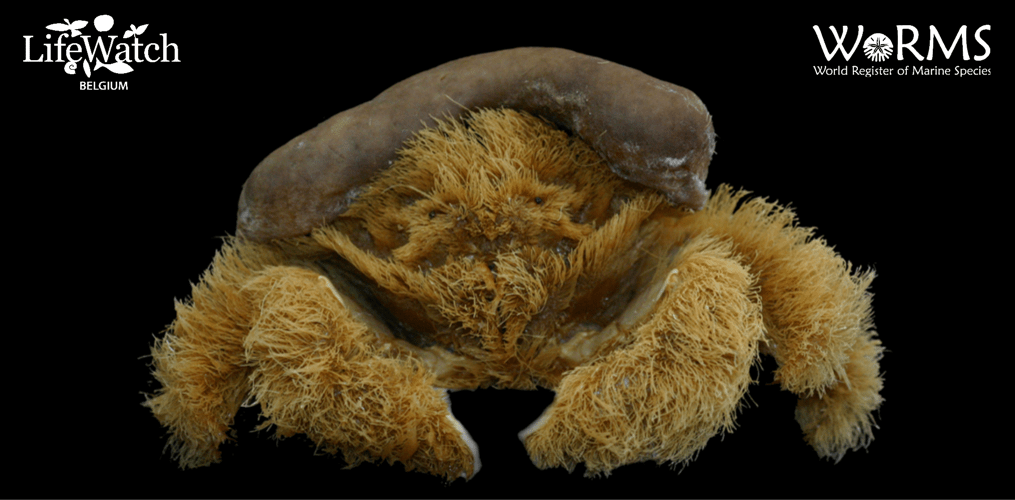
As for previous years, the World Register of Marine Species, WoRMS (hosted by VLIZ, focal point of LifeWatch Belgium), has again released its annual list of the top-ten marine species described by researchers during the past year to coincide with World Taxonomist Appreciation Day on 19 March!
If you were unaware of this celebration of all the work that taxonomists do, you can find more here and here.
Every day in labs, museums, and out on fieldwork, taxonomists are busy collecting, cataloguing, identifying, comparing, describing, and naming species new to science. Some 300 taxonomists globally also contribute their valuable time to keeping the World Register of Marine Species up to date. Today is a chance for those at WoRMS to thank their taxonomic editors for this important task. Let’s celebrate the work of taxonomists now with the WoRMS list of the top-ten marine species described in 2022 as nominated and voted for by taxonomists, journal editors and WoRMS users!
This top-ten list is just a small highlight of about 2,000 fascinating new marine species discovered every year (there were almost 1,700 marine species described in 2022 and added to WoRMS, including some 300 fossil species). Here is the top-ten:
- Fluffy Sponge Crab, Lamarckdromia beagle
- King Ghidorah’s Branching Worm, Ramisyllis kingghidorahi
- Demian Koop’s Yoda Acorn Worm, Yoda demiankoopi
- The Japanese Retweet Mite, Ameronothrus retweet
- The Golden Cloak Anemone, Stylobates calcifer
- Satan’s Mud Dragon, Leiocanthus satanicus
- Squidward’s Sphyriid Copepod, Tripaphylus squidwardi
- Falkor’s Black Coral, Antipathes falkorae
- The Ballerina Sponge, Latrunculia (Latrunculia) tutu †
- Reynolds’ Deep-Sea Crown Jelly, Atolla reynoldsi
How were the species chosen?
A call for nominations was announced in December 2022, sent to all editors of WoRMS and editors of major taxonomy journals, and posted openly on the WoRMS website and social media so anyone had the opportunity to nominate their favorite marine species. Nominated species must have been described between 1 January and December 31st, 2022, and have come from the marine environment (including fossil taxa). A small committee of volunteers (including both taxonomists and data managers) was brought together to decide upon the final candidates. The list is in no hierarchical order.
The final decisions reflect the immense diversity of animal groups in the marine environment (including crustaceans, corals, sponges, jellies and worms) and highlight some of the challenges facing the marine environment today. The final candidates also feature some particularly astonishing marine creatures, notable for their interest to both science and the public.
Each of these marine animals has a story. This year the chosen species cover the weird, the bewildering and the astonishing! We feature, amongst others, the cute-looking Fluffy Sponge Crab, the Japanese Retweet Mite (remember the Japanese Twitter Mite from the Top Ten 2021?), the mysterious King Ghidorah’s Branching Worm, the illustrious Satan’s Mud Dragon, and the 35 million year old Ballerina Sponge.
Image credit: Colin McLay and Western Australian Museum
This article was originally posted on the website of LifeWatch Belgium.